The Ultimate Guide to Emerald May Birthstone Jewellery: Meaning, History, and Styles
Emerald is a beautiful gemstone that has been valued for centuries. It is the birthstone for May, and it has become increasingly popular in recent years as a choice for jewellery. Emeralds are known for their stunning green colour, and they are considered one of the most valuable gemstones in the world. In this blog, we will explore the history and properties of emeralds, as well as the different types of emerald jewellery that are available.
An ancient gem that came back into fashion with full force with the discovery of South America, emeralds are one of the beautiful classics of jewellery. Carrying with them a lovely clear green that has long been associated with nature, health and life, emeralds have been a favourite of the royalty and aristocracy for centuries. It’s not been that long that emeralds have actually been accessible to us “commoners”, but we’ve fallen right in love.

The Meaning and History of Emeralds
The first emerald mine that we know of is actually found in the southeast of Egypt, at a site now called Mons Smaragdus (Emerald Mountain in Vulgar Latin). What started off as a fairly minor operation was expanded massively when Egypt was conquered by the Roman Empire. The Romans fell in love with the gem, and it became associated with strength, determination, but also fertility as the gem became associated with the cult of Venus (the Roman form of Aphrodite, goddess of love and fertility). In the first centuries AD, it became a gem that was particularly well-liked by the Nerva-Antonine dynasty of Emperors. Marcus Aurelius specifically was said to have admired the gem’s power, and he uses it as an example of strength in his philosophical writings. Cleopatra was also written about as a lover of emerald gems, and many of the later Egyptian rulers were buried with emeralds to bring them eternal youth in the afterlife.
As the Western Roman Empire fell, the Byzantine Empire persevered and the Islamic conquerors took Egypt, the mines remained in operation. Each of these empires appreciated the emeralds they were lucky enough to incorporate into their jewellery. However, towards the 14th century, other deposits began to be discovered in India and Austria as existing mines of other gems struck upon emerald deposits. These new mines opened up new routes that emeralds could follow and soon emeralds were seen on the hands and heads of royals across East Asia.
The major boom came in the centuries following, as the discovery of the “New World” and the beginning of mining operations in what is now Colombia saw the finding of deposits that massively outstripped anything else.
Where does Emerald come from?
The word emerald comes to us through Old French via Latin and Greek, but how it actually came into the Greek language is still unknown. What was introduced to the Ancient Greeks as σμάραγδος “smaragdos” became “smaragdus” and later “esmeraldus” in Latin, before becoming the “emeraude” that crossed from Old French into Middle English. Linguists think that it most likely originated from within the Semitic language family because other languages in that family have similar words, but without a time machine we might never know for sure.
The Properties of Emerald
Technically speaking, emeralds are a variant of beryl which makes them a gemological cousin of gems like aquamarine and morganite. They’re also a very tough gem, usually in the high 7-s up to 8 on the Mohs scale. Their brilliant green colour comes from small amounts of the elements chromium and vanadium, both of which are silver in pure form but create green when mixed with the beryl.
Emeralds are a type of beryl, which is a mineral that contains both aluminium and beryllium. The green colour of emeralds is caused by the presence of chromium and vanadium. The most valuable emeralds are those that have a deep, rich green colour with a high degree of transparency. However, emeralds can also be found in lighter shades of green and even bluish-green.
One of the unique properties of emeralds is their inclusions. These are small imperfections or minerals that are trapped inside the stone during its formation. While inclusions can detract from the value of other gemstones, they are actually desirable in emeralds. Inclusions are often referred to as "jardin," which means "garden" in French, and they give emeralds a unique character and personality.
Emerald - the May Birthstone
The association between emeralds and the month of May comes from their affinity for nature, life and rebirth. The May springtime was seen as a natural friend of these ideas and so emerald was really the only natural pick for the choice for the May Birthstone. In addition to being May’s stone, emeralds also represent the astrological sign of Cancer, which finds itself in the end of June and most of July.
Mystical Properties of Emerald
Much of emerald’s mystical properties are tied to their colour. The green of emerald has always inspired ideas of life and nature. The Egyptians believed that emerald gems would bring youth and life, so older nobles would wear emeralds to lengthen their lives and rulers who wanted eternal youth in the afterlife would be buried with emeralds. The other power it is said to have is linked to love and fertility, which comes from its role as the gem of the goddess Venus. Women who hope to bring spice back into their love life or conceive would wear emeralds.
Interesting facts about Emerald
- The Chalk Emerald, once owned by the royal family of Baroda, now sits in the Smithsonian
- Hernán Cortés intensely bad luck after returning from the Americas was said to come from engraving an emerald considered too beautiful to be modified
- The idol of the goddess Meenakshi at her temple in Madurai, India is made of pure emerald
- A Colombian emerald inscribed with a Muslim prayer found its way to the court of the Mughal Emperor Aurangzeb
- Colombia remains the world’s largest producer of emeralds
Caring for your Emerald
Emerald is a tough old gem, so scratching it isn’t something you should be worrying about at most times. It will however scratch other gems if stored together, so be careful. Emerald’s main weakness is its susceptibility to breakage which comes from the impurities which give the stone its colour. This means that emeralds are easier to crack and break when hit or put under pressure. Chemicals can also discolour and physically damage the gems, so it’s definitely best to keep emeralds away from strong cleaning products.
Where to buy Emerald Jewellery
As one of the unforgettable classic gems, emeralds are a stunning way to liven up an outfit. Their striking green colour also lets them be a very appealing statement piece to fashion outfits around. To rock a stunning emerald gem, you can browse our Rocky collection of raw birthstone necklaces for a natural look. You can also browse our Bell emerald gems for a pendant that you can put on any of our charm chains or earrings, or even both!
Another birthstone associated with May is Azurite, which combines the stunning green of emerald with a deep blue for a very natural look. You can find azurite gems as part of our Sylvia collection. This includes a gold vermeil ring which goes with a matching necklace and bracelet. The collection also included gold plated earrings which help to complete the look.
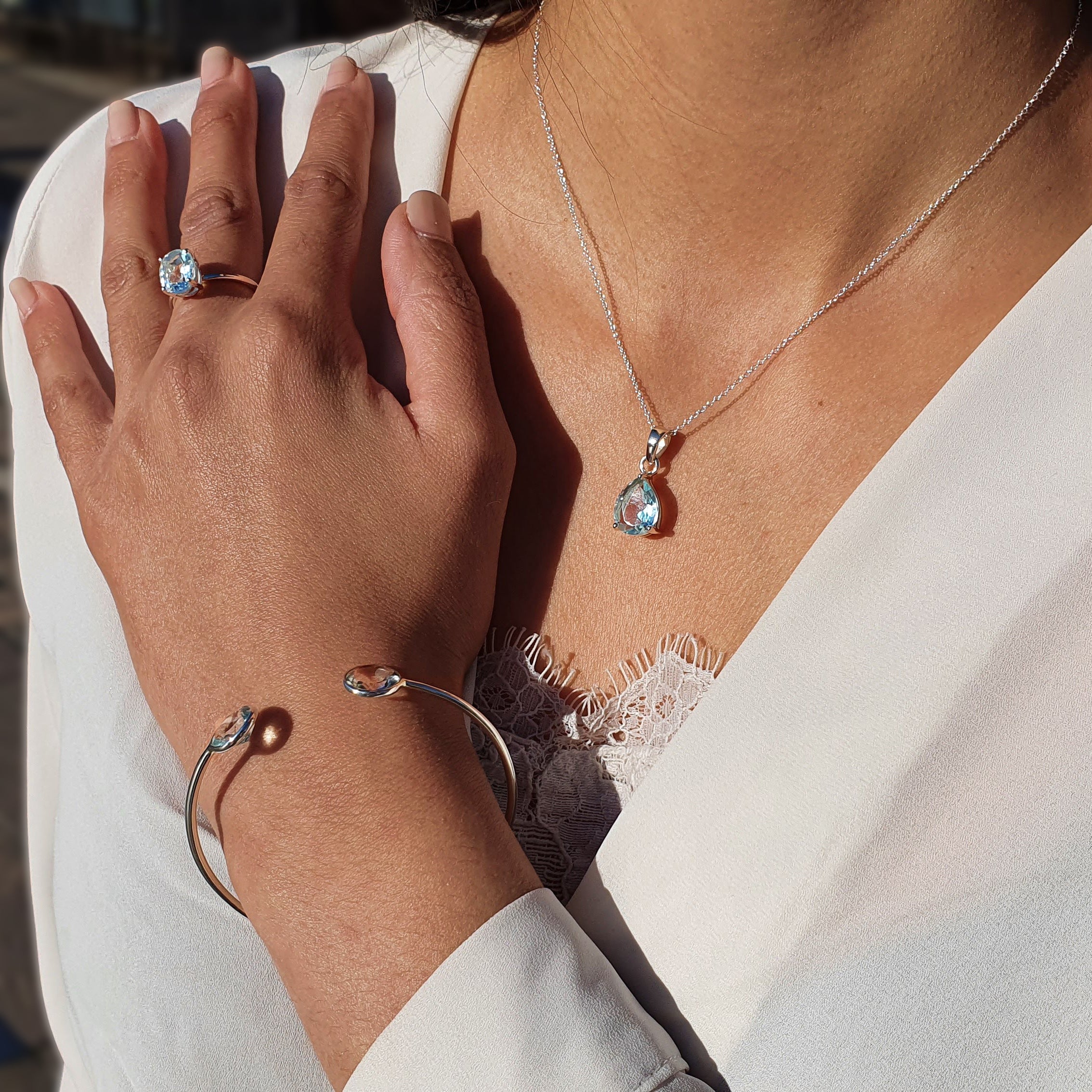
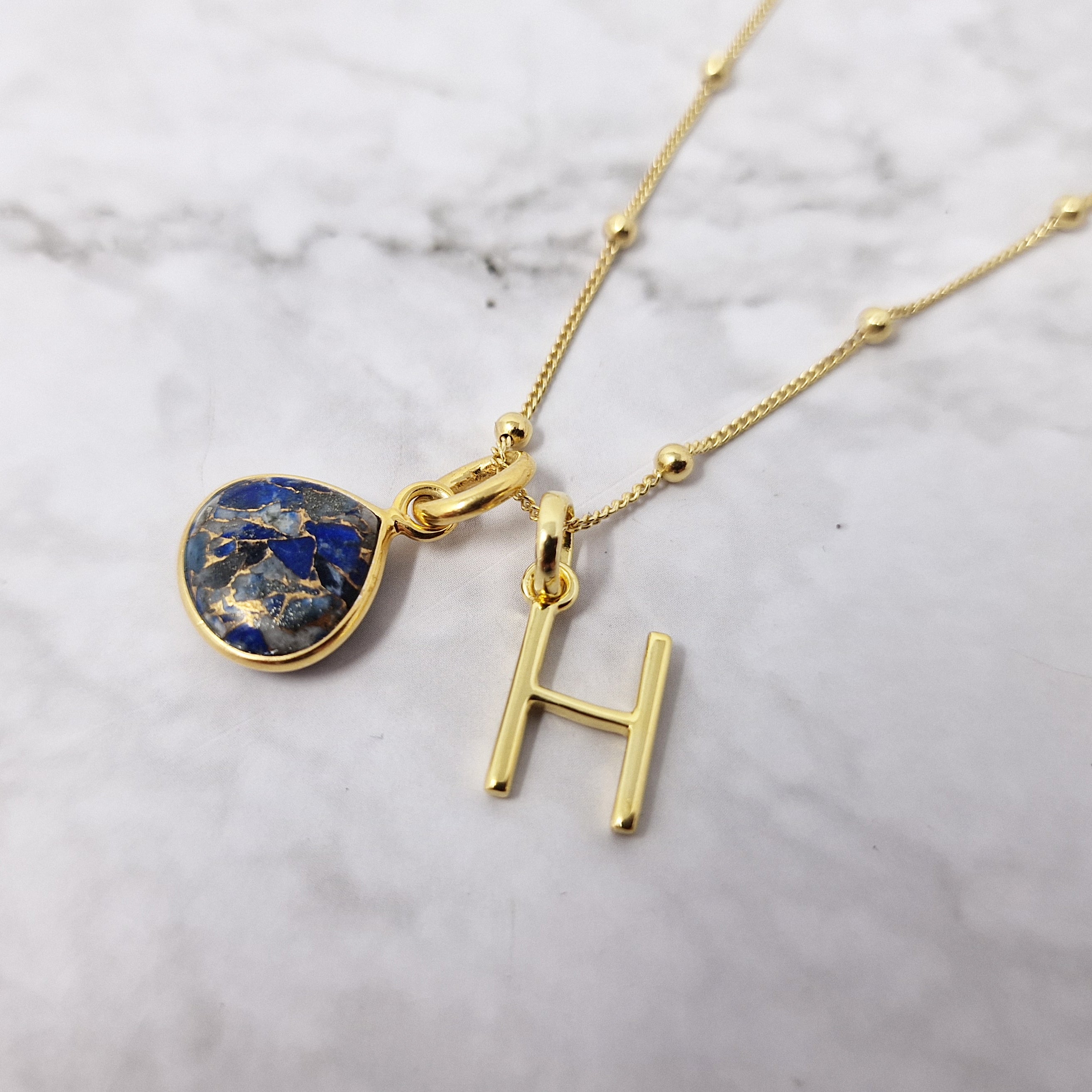

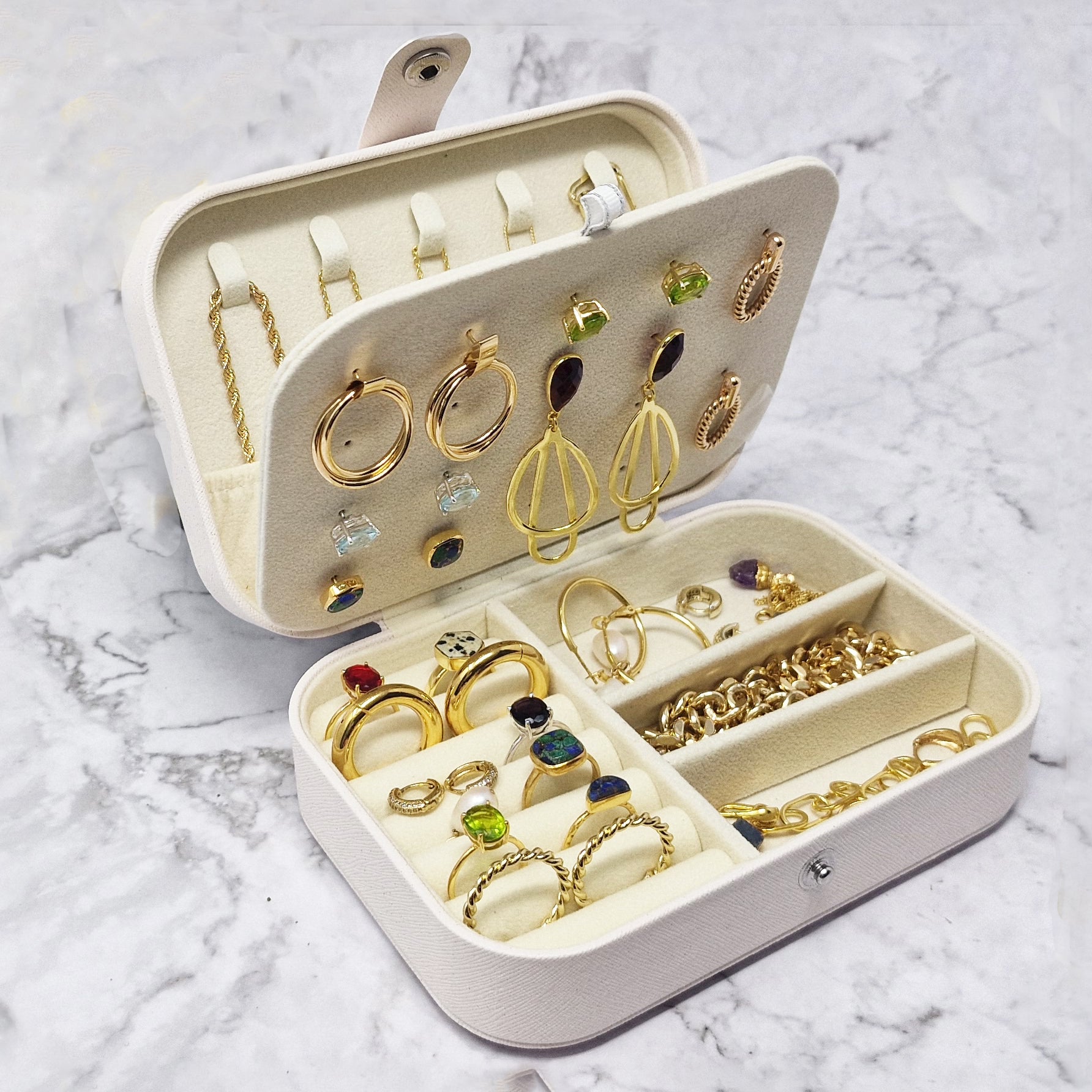
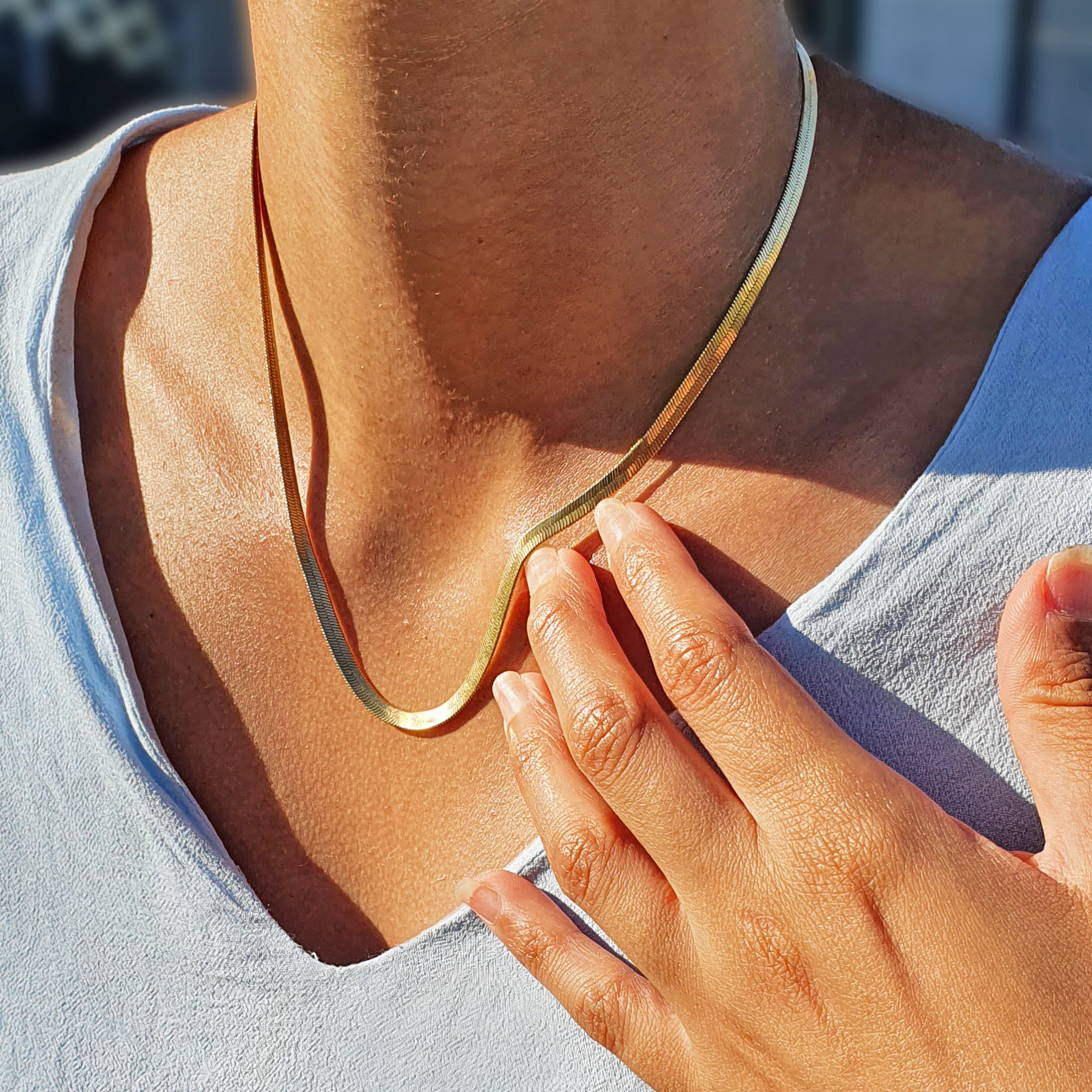
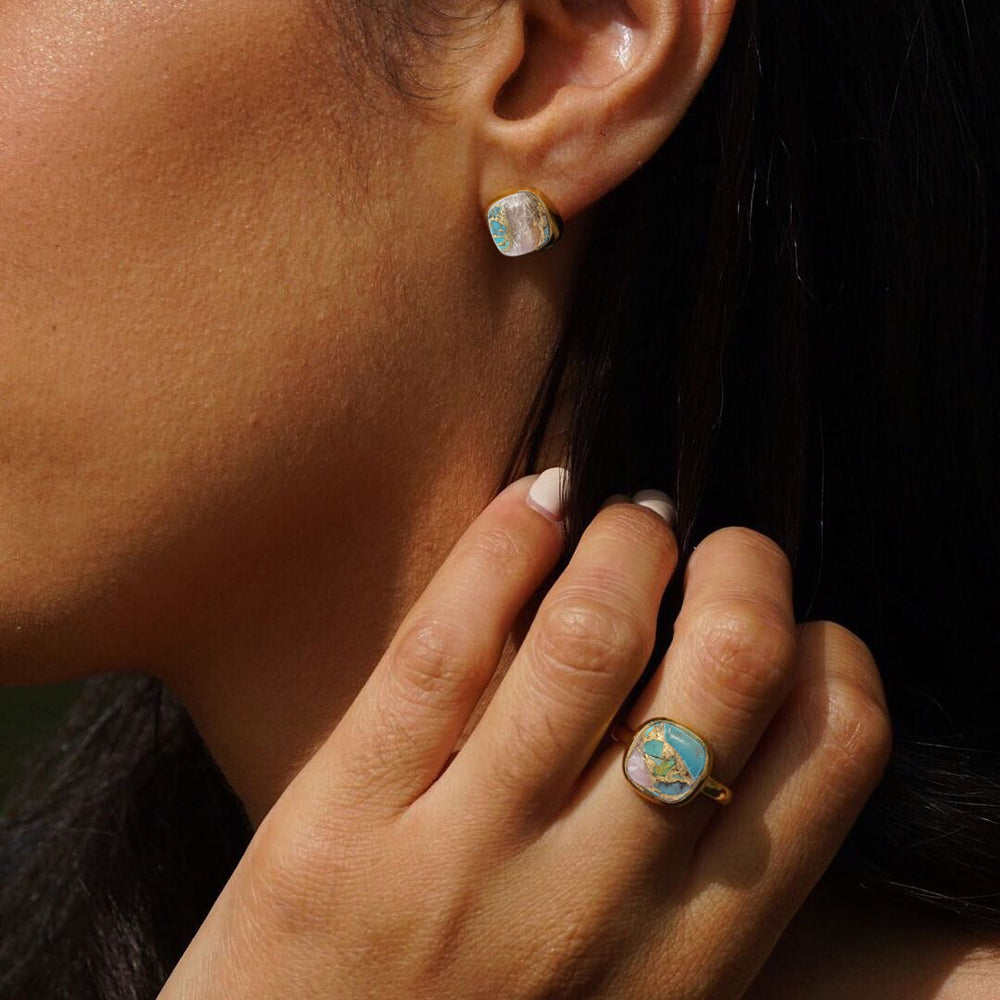




Leave a comment